Steel Products
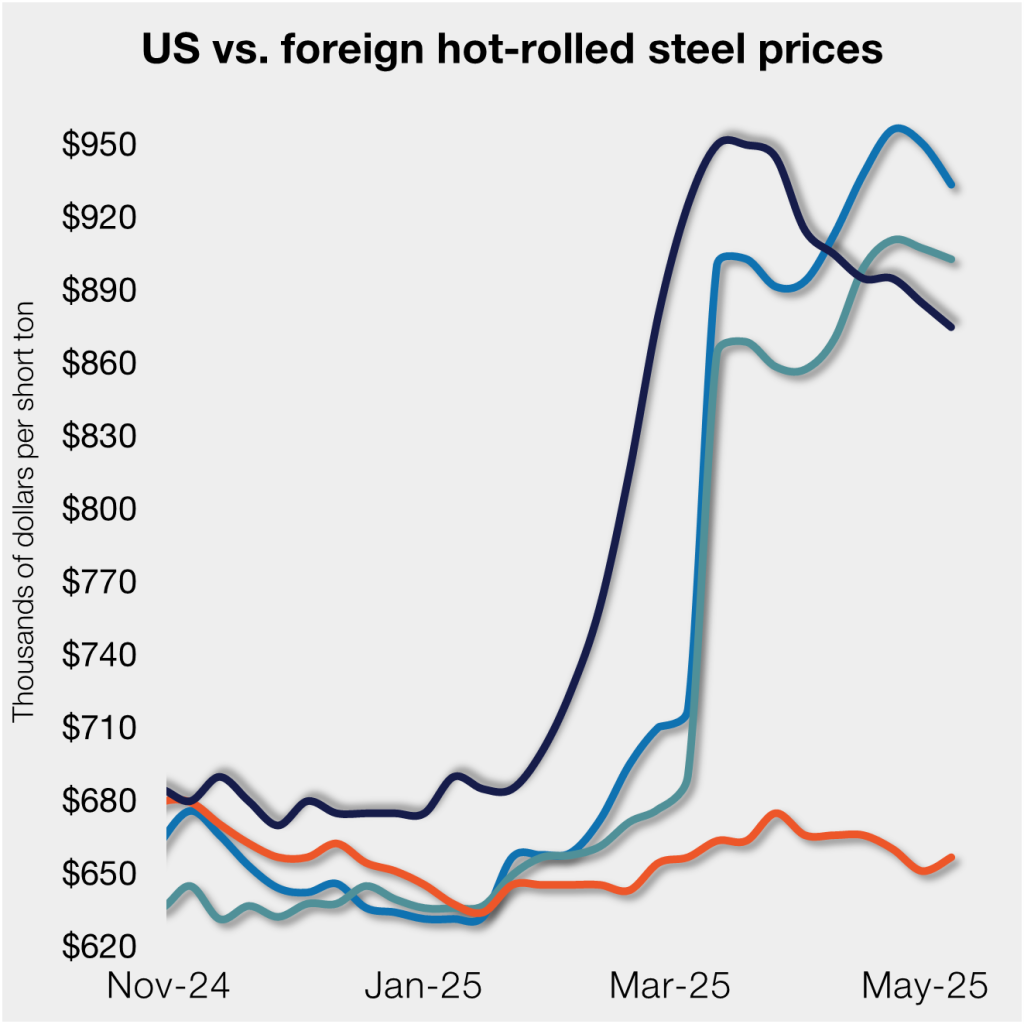
Asian HR still much cheaper than US and EU material
Written by David Schollaert
May 8, 2025
Domestic hot-rolled (HR) coil prices moved lower this week, now down six of the last seven weeks. Recent price erosion has been seen in offshore markets, keeping the price gap between imports and domestic products largely flat week on week (w/w).
Tariff fears resulted in preemptive buying, pulling forward demand. The move slowed the US market and lowered prices. And spot buyers moved to the sidelines.
Section 232 returned on March 12, and since then, the price gap between offshore and US hot band has tightened. Before that, allies like Japan and the EU were facing quotas rather than the 25% tariff. Things have shifted since (see Figure 1).
By the numbers
This week, SMU’s average domestic HR price was $875 per short ton (st), down $10/st vs. the previous week.
The result: Domestic HR is theoretically on average 5% more expensive than imported material, down from 5.5% last week.
If Asian prices weren’t at such a discount to US prices, stateside product would be overall about 5% cheaper than imports. German and Italian HR remain at a premium to US hot band on a landed basis. Just seven weeks ago, domestic prices were 25.5% higher. That changed fast when S232 kicked in.
In dollar-per-ton terms, US HR is now, on average, $44/st more expensive than offshore product. That’s roughly $4/st lower than the previous week.
The charts below compare HR prices in the US, Germany, Italy, and Asia. The left side highlights prices over the last two years. The right side zooms in to show more recent trends.
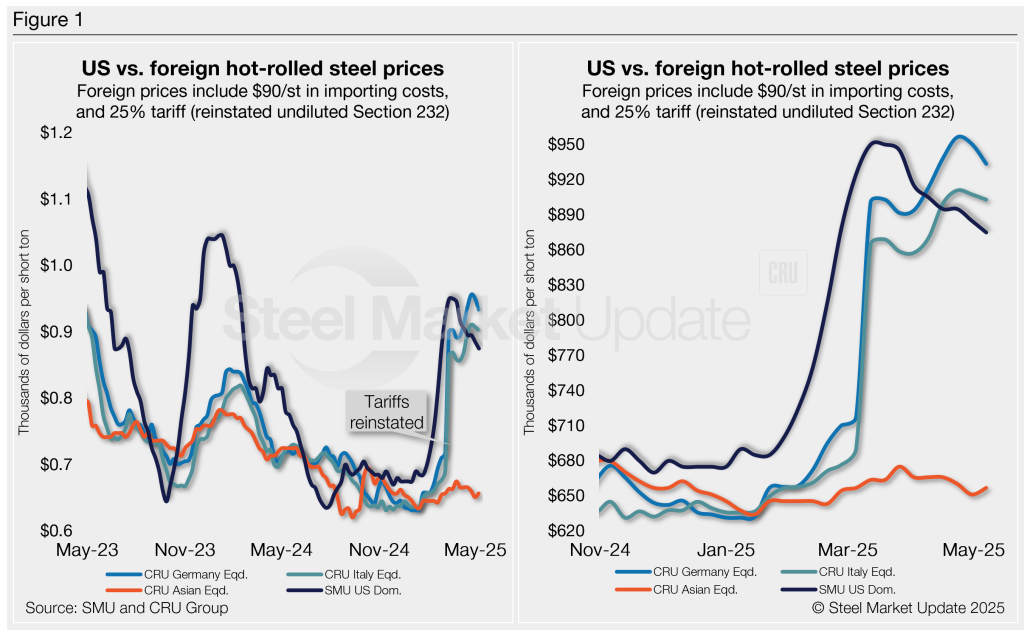
Methodology
SMU calculates the theoretical spread between domestic (FOB mill) and foreign (delivered to US ports) HR coil prices. We do this by comparing our weekly US HR assessment to CRU’s weekly HR indices for Germany, Italy, and East and Southeast Asian ports. This calculation is purely theoretical. Actual import costs can vary significantly and affect the true market spread.
To estimate the CIF price at US ports, we add a $90/st charge to all foreign prices to account for freight, handling, and trader margins, along with the 25% blanket tariff. This $90/st figure serves as a general benchmark — buyers should adjust it based on their specific shipping and handling expenses.
If you import steel and have insights on these costs, we’d love to hear from you. Contact the author at david@steelmarketupdate.com.
Asian HRC (East and Southeast Asian ports)
As of Wednesday, May 7, the CRU Asian HRC price was $454/st, up $5/st vs. the week prior. Adding a 25% tariff and $90/st in estimated import costs, the delivered price of Asian HRC to the US is ~$657/st. As noted above, the latest SMU US HR price is $875/st on average.
The result: Prices for US-produced HR are theoretically $218/st higher than steel imported from Asia, $16/st lower w/w. The premium continues to retreat from recent highs seen in 2023 when stateside tags were ~$300 /st more expensive than Asian products.
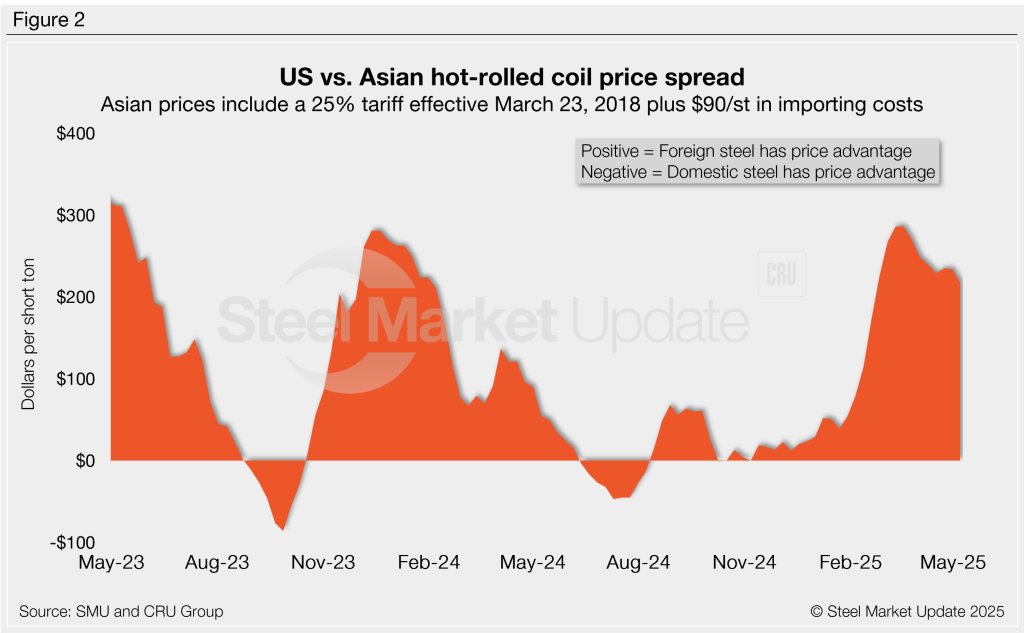
Italian HRC
Italian HR prices eased by $4/st this week to $650/st, but that’s $26/st higher over the past four weeks, according to CRU. After reintroducing the 25% tariff and $90/st in estimated import costs, the delivered price of Italian HR is, in theory, $903/st.
That means domestic HR coil is theoretically $28/st cheaper than imports from Italy. That’s down $5/st w/w but a $63/st turn in just four weeks. It also represents a $262/st swing before S232 was reinstated. Without the 25% tariff, US prices were, in theory, $234/st above Italian imports.
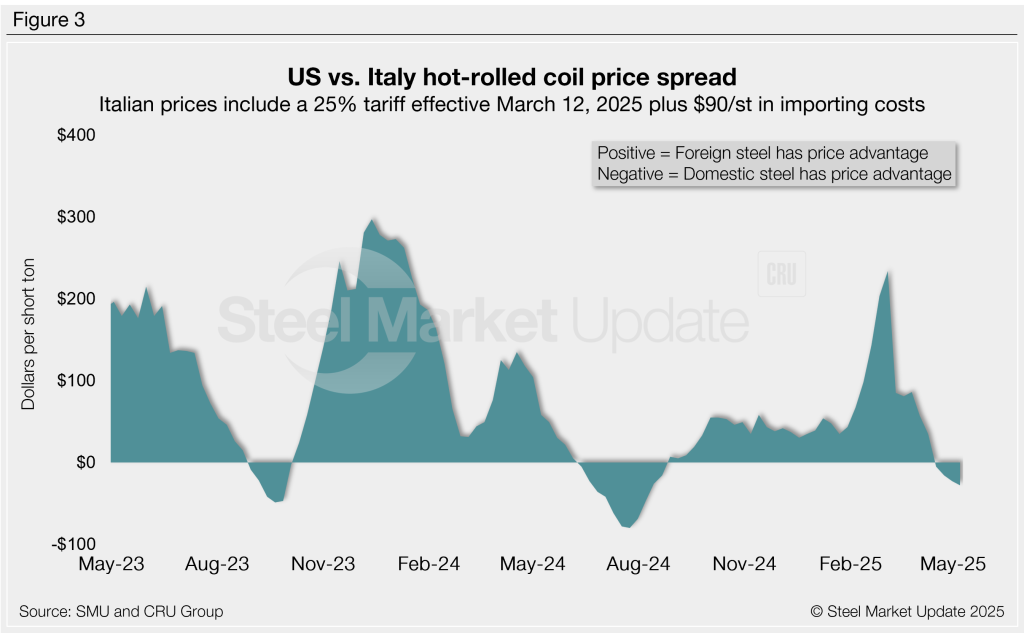
German HRC
CRU’s German HR price was down $14/st to $675/st this week. After adding a 25% tariff and $90/st in import costs, the delivered price of German HR coil is, in theory, $934/st.
The result: Domestic HR is theoretically now $59/st cheaper than HR imported from Germany, a $80/st swing vs. five weeks ago when stateside product was $21/st more expensive.
US hot band held a $207/st premium over German HR just about two months ago – which had represented the widest margin in 14 months.
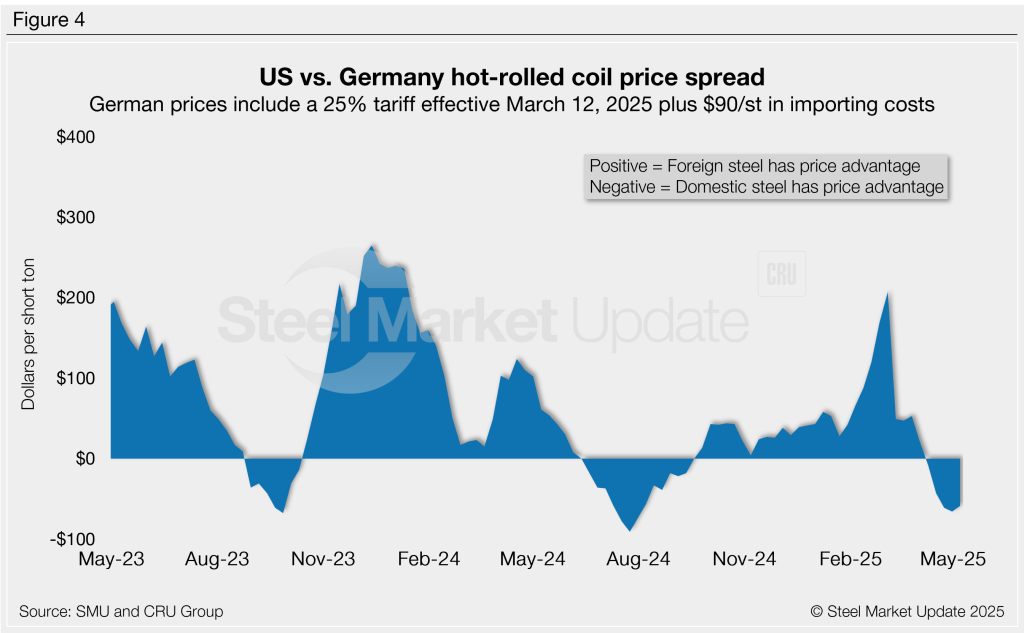
Editor’s note
Freight is important when deciding whether to import foreign steel or buy from a domestic mill. Domestic prices are referenced as FOB the producing mill. Foreign prices are CIF, the port (Houston, NOLA, Savannah, Los Angeles, Camden, etc.). Inland freight, from either a domestic mill or from the port, can dramatically impact the competitiveness of both domestic and foreign steel. It’s also important to factor in lead times. In most markets, domestic steel will deliver more quickly than foreign steel. Effective March 12, 2025, undiluted Section 232 tariffs were reinstated on steel. All steel imports and many derivative products now face a 25% tariff. Therefore, the German and Italian price comparisons in this analysis now include a 25% tariff. We do not include any antidumping (AD) or countervailing duties (CVD) in this analysis.

David Schollaert
Read more from David SchollaertLatest in Steel Products

CRU: US rebar and wire rod prices rise alongside S232 increase
CRU Senior Steel Analyst Alexandra Anderson discusses current market and pricing dynamics for long steel products in the US.
CRU: Excessive global supply could hit rebar mill investments in US
Following the onset of the war in Ukraine in March 2022, concerns about import availability and expectations of rising demand from President Biden’s Infrastructure Bill pushed US rebar prices to record highs. In response, a flurry of new mills and capacity expansions were announced to meet the rise in demand from growth in the construction […]

Steel buyer spirits tempered by soft spot market conditions
Steel sheet buyers report feeling bogged down by the ongoing stresses of stagnant demand, news fatigue, tariff negotiations or implementation timelines, and persistent macroeconomic uncertainty.

CRU: US stainless prices to rise on expanded S232 tariffs
Stainless prices in the US market will rise, following price increases by major US producers. Our base case scenario incorporates higher US prices in the near term, despite the initial negative reaction by the market. US stainless prices will go up in 2025 H2 and will stay elevated in 2026 as tariffs on stainless […]
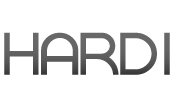
Galvanized steel demand unsteady amid lingering buyer fatigue: HARDI
Uneven demand for galvanized steel in June reflects a market that remains mired in uncertainty, according to industry sources.
